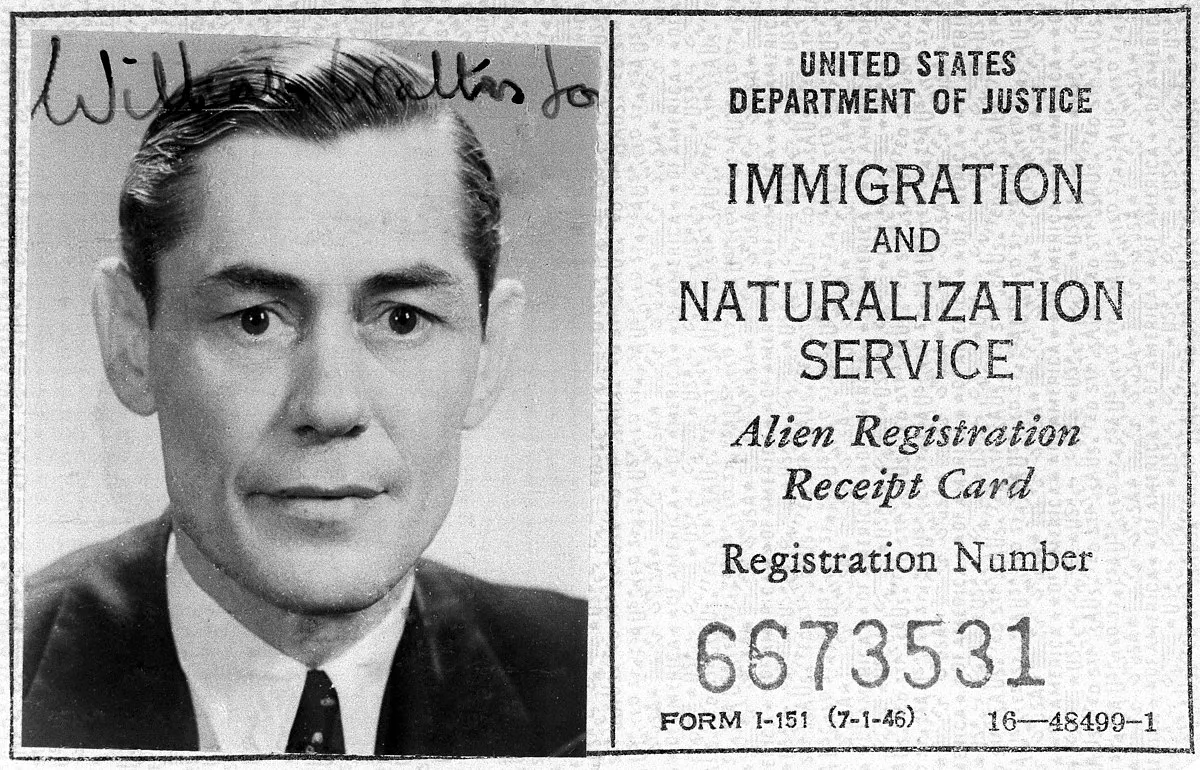 1.
1. William Walters Sargant was a British psychiatrist who is remembered for the zeal with which he promoted treatments such as psychosurgery, deep sleep treatment, electroconvulsive therapy and insulin shock therapy.

 1.
1. William Walters Sargant was a British psychiatrist who is remembered for the zeal with which he promoted treatments such as psychosurgery, deep sleep treatment, electroconvulsive therapy and insulin shock therapy.
William Sargant co-authored a textbook on physical treatment in psychiatry that ran to five editions.
William Sargant wrote numerous articles in the medical and lay press, an autobiography, The Unquiet Mind, and a book titled Battle for the Mind in which he discusses the nature of the process by which our minds are subject to influence by others.
William Sargant was born into a large and wealthy Methodist family in Highgate, London.
William Sargant's father was a City broker, his mother, Alice Walters, was the daughter of a Methodist minister from a family of wealthy Welsh brewers.
William Sargant went to the Leys School in Cambridge and then studied medicine at St John's College, Cambridge.
William Sargant did not excel academically but played rugby for St John's College, was president of Cambridge University Medical Society and collected autographs of famous medical men.
William Sargant obtained a rugby scholarship to complete his medical education at St Mary's Hospital.
William Sargant's father lost most of his money in the depression in the late 1920s and the scholarship allowed Sargant to continue his medical education.
William Sargant would take a variety of drugs to treat his depression throughout his life.
In 1938 William Sargant was awarded a Rockefeller Fellowship to spend a year at Harvard Medical School in Boston, Massachusetts, under Professor Stanley Cobb.
William Sargant described his frustration when London County Council medical advisors tried to curb his experimentation with new treatments such as electroconvulsive therapy and psychosurgery but, as he said "we generally got our own way in the end".
William Sargant selected neurotic patients, especially those with obsessional ruminations, for operation, which carried with it a significant risk of death, personality deterioration, epileptic seizures, and incontinence.
William Sargant used modified insulin treatment, electroconvulsive treatment and sedation in the treatment of military patients.
William Sargant was to stay at St Thomas's for the rest of his career, and he built the department up into an "active treatment, teaching and research unit".
William Sargant used narcosis to overcome a patient's refusal of electroconvulsive therapy, or even deliver it without their knowledge.
William Sargant's methods inspired Australian doctor Harry Bailey who employed deep sleep treatment at Sydney's Chelmsford Private Hospital, eventually leading to the death of 26 patients.
Bailey and William Sargant were in close contact and apparently competed to see which of them could keep a patient in the deepest coma.
The death rate among William Sargant's patients was lower than that among Bailey's, largely thanks to the nursing skills of the 'Nightingales'.
William Sargant referred to himself as "a physician in psychological medicine".
The available methods, which William Sargant referred to as "modern" and "active" treatments, were drugs in large doses, electroconvulsive therapy, insulin coma therapy, continuous narcosis and leucotomy.
William Sargant wrote articles for the medical and popular press, appeared in TV programmes, and published an autobiography, The unquiet mind, in 1967.
William Sargant spent his convalescence in Majorca, and Robert Graves helped him edit the book.
William Sargant connected Pavlov's findings to the ways people learned and internalised belief systems.
William Sargant connected Pavlov's findings to the mechanisms of brain-washing in religion and politics.
William Sargant was given electroconvulsive therapy and large doses of the anti-psychotic drug Largactil and insulin.
Prolonged artificial sleep carried risks such as deep vein thrombosis, pressure sores, infections, and gut paralysis, which could be fatal, and at least five of William Sargant's patients died during narcosis therapy.